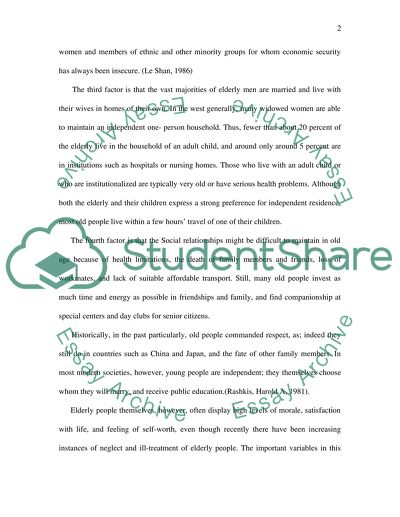Cite this document
(“Gerontology clinician Essay Example | Topics and Well Written Essays - 1500 words”, n.d.)
Gerontology clinician Essay Example | Topics and Well Written Essays - 1500 words. Retrieved from https://studentshare.org/miscellaneous/1517473-gerontology-clinician
Gerontology clinician Essay Example | Topics and Well Written Essays - 1500 words. Retrieved from https://studentshare.org/miscellaneous/1517473-gerontology-clinician
(Gerontology Clinician Essay Example | Topics and Well Written Essays - 1500 Words)
Gerontology Clinician Essay Example | Topics and Well Written Essays - 1500 Words. https://studentshare.org/miscellaneous/1517473-gerontology-clinician.
Gerontology Clinician Essay Example | Topics and Well Written Essays - 1500 Words. https://studentshare.org/miscellaneous/1517473-gerontology-clinician.
“Gerontology Clinician Essay Example | Topics and Well Written Essays - 1500 Words”, n.d. https://studentshare.org/miscellaneous/1517473-gerontology-clinician.


